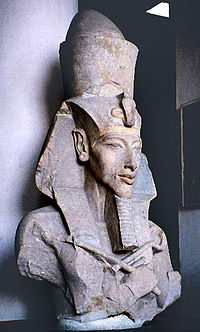Total intravenous anesthesia in a 10-month-old patient with congenital myotonic dystrophy undergoing endoscopic third ventriculostomy -A case report-
Abstract
Myotonic dystrophy is a rare genetic disorder characterized by muscle atrophy and weakness. Surgical treatment of this condition poses various problems for the anesthesiologist. We describe the anesthetic management of a 10-month-old infant with congenital myotonic dystrophy, who was scheduled for endoscopic third ventriculostomy under general anesthesia. Anesthesia was induced with thiopental sodium, fentanyl, and vecuronium, and thereafter maintained via continuous infusion of propofol and remifentanil. The train-of-four ratio was monitored throughout the operation, and muscle relaxation was reversed with pyridostigmine and glycopyrrolate at the end of the procedure. We show that total intravenous anesthesia using propofol and remifentanil is a satisfactory anesthetic technique in very young patients with congenital myotonic dystrophy.






